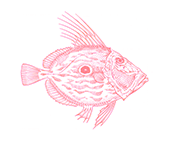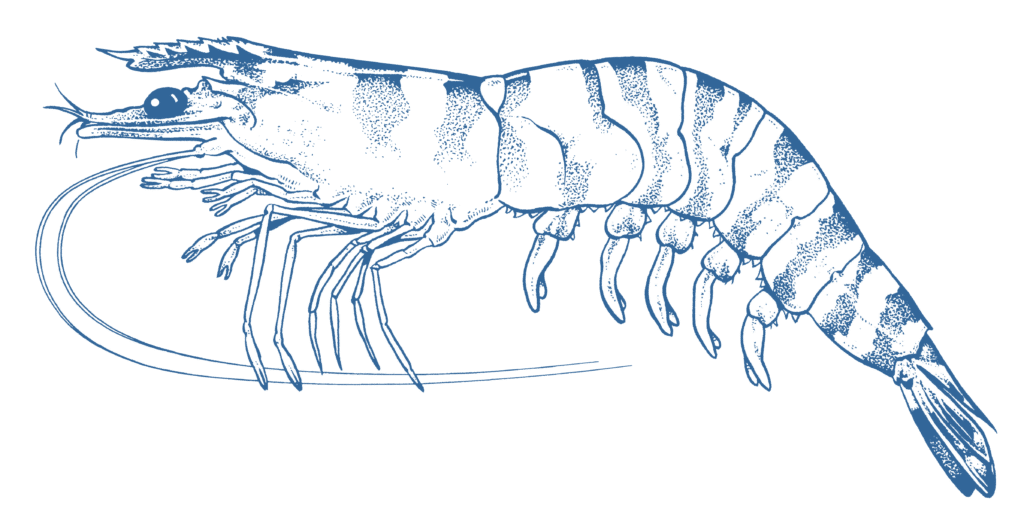




- Say No
Wild Caught
Region:
QLD
- Eastern king prawns are caught in bottom otter trawls. The Queensland fishery operates primarily in offshore waters southward of the Great Barrier Reef, over areas of sandy seabed.
- Eastern king prawn stocks are healthy, but the fishery also impacts the seriously overfished saucer scallop stock, which is also caught in the trawl nets.
- The accidental catch of threatened and endangered species like endemic sharks and rays is a major issue in Australian prawn fisheries. The Queensland government abandoned an independent observer program in 2012 so bycatch reporting is not reliable and science-based management is hampered as a result.
- The Queensland fishery is managed under a newly implemented harvest strategy. The strategy is improving the balance of ecological, social and economic factors at play in the fishery by implementing management techniques which look after the stock better.
- Eastern king prawns are caught using otter trawls that operate just above the seafloor. Significant areas of the seafloor are protected in area closures and marine parks in the QLD fishery.
East Coast Trawl Fishery (2,712t in 2020, 2,526t in 2019)
Eastern king prawns are endemic to the east coast of Australia, ranging from northern Queensland to north-eastern Tasmania. They are found from estuaries and intertidal areas all the way out to continental shelf depths of 200m. Eastern king prawns are a fast growing species caught in trawl fisheries in NSW and QLD, with the majority caught in QLD. The same stock is caught in both states, but is managed separately.
Eastern king prawn populations are in healthy condition. The Queensland fishery is managed under a newly implemented harvest strategy which contains many elements which represent international best practice.
Queensland trawl fishers are required to report any threatened and endangered species they catch but serious concerns have been raised in this fishery about unreliable reporting. Bycatch mitigation measures including turtle excluder devices are used in Queensland but may not address all the impacts of the fishery. Despite no major changes to management and a consistent level of fishing effort in recent years, 2019 saw a 63% reduction in bycatch reports of species like sawfish, sea turtles and sea snakes. This bycatch reporting is unverifiable because there has been no independent observer program since 2012.
This fishery has a high level of discards and it is concerning they are not required to be reported. The most recently available data estimated 25,271t of discards in 2014, compared to 6702t of retained catch in the same year. Secondary species include tiger prawns, saucer scallop, Moreton Bay bugs and Balmain bugs.
New evidence has shown that the Queensland stock of saucer scallops is at 15% of historic levels, meaning it is overfished. Queensland fishery rules state that a fishery should be closed when a stock is below 20%, and yet one area of this fishery off Fraser Island and the southern Great Barrier Reef remains open. Even low levels of scallop bycatch in fishing targeting eastern king prawns would negatively impact the recovery of the stock.
The fishery will be required to resume an independent observer program by 2024, likely to be based on e-monitoring. While it is welcome, the program should be implemented sooner. This and other reforms currently underway in the Queensland fishery have strong potential to improve the GoodFish ranking of this seafood option if implemented quickly and effectively.




